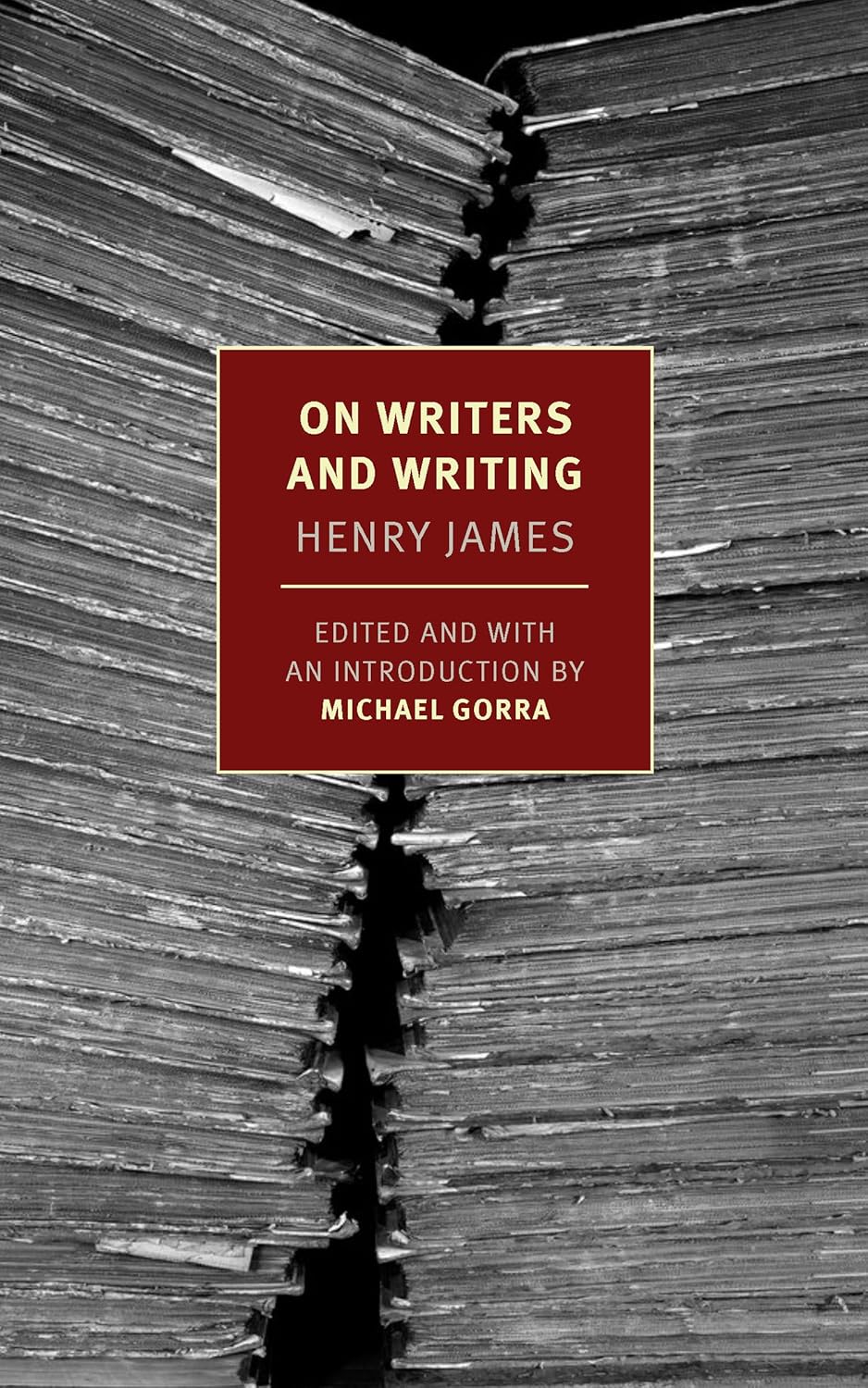One of the ironies of his posthumous reputation is that, to be read and accepted by canonical scholarship, James had to be embraced by scholars whose views ran directly counter to his own. As a result, R.P. Blackmur and F.R. Leavis and other formalist critics of the interwar period – who stressed a literary text’s autonomy from wider cultural forces, and who disparaged attempts to involve historical or theoretical considerations in their analysis – were heavily involved in shaping the official account of James’s writing. Such efforts even included The Art of the Novel, Blackmur’s 1934 edition of James’s prefaces to the 1907-9 New York Edition of his novels, that, coupled with their lapidary title (ironically, a modification of Besant’s original) gave the prefaces the look of standalone utterances about how fiction should work, rather than chancy and contingent documents that often express doubts about the effectiveness of the novels they are introducing. In his introduction to that collection, Blackmur intoned that ‘The prefaces of Henry James were composed at the height of his age as a kind of monument of his life’, and in excluding the prefaces from a selection of James’s critical writing, Gorra regrettably contributes to Blackmur’s monumentalising thesis.
This is troubling, since it means Gorra is not able to capitalise on his sensible editorial decision to order the writing chronologically – had the prefaces been included, these might have shown themselves not to be testamentary documents but a continuation of concerns expressed in James’s writing as early as the 1870s. One example of this continuing conversation comes in an essay on George Sand that appears early in Gorra’s selection. Owing to the efforts of Blackmur and others, the prefaces are often considered a prestige project, inseparable from the expensive editions of James’s novels in which they were originally housed; James’s essay corrects this impression, since it finds him taking note of the formal innovations on display in the prefaces to the ‘cheap edition’ of Sand’s novels. As well as suggesting that the idea for his own prefaces had impeccably democratic origins, James’s analysis foreshadows his later observations about the nature of creative inspiration: it’s hard not to hear in James’s reverence for Sand’s methods for idea-gathering (‘a hint – a mere starting point – was enough for her’) a resonance of his own prefaces’ stories about how to nurture ideas from the merest ‘germ’, which James may have learnt and copied from Sand’s model.
James’s prefaces describe the battles their author makes in shutting himself off from the outside world – a particular difficulty when that world so often consisted of extended sojourns at his friends’ palazzi, whose delightful trappings ran the risk of diverting his attentions away from literary creation. An essay on Anthony Trollope – not a name usually associated with James’s – flips this association on its head, by showing James remembering the prodigious older author conquering diversions of an opposite kind. When the two writers were aboard a ‘detestable’ transatlantic Cunard together, the author of The Way We Live Now and the ‘Palliser’ novels had a makeshift cabin-desk made up for him, from where he was able to conjure his dramas of light parish intrigue unruffled by the journey’s turbulence. Again and again, Gorra’s selection registers the appearance of tropes and figures which receive their full flowering only in the prefaces, and whose extended measure might have been taken with only the slightest of critical adjustments.


